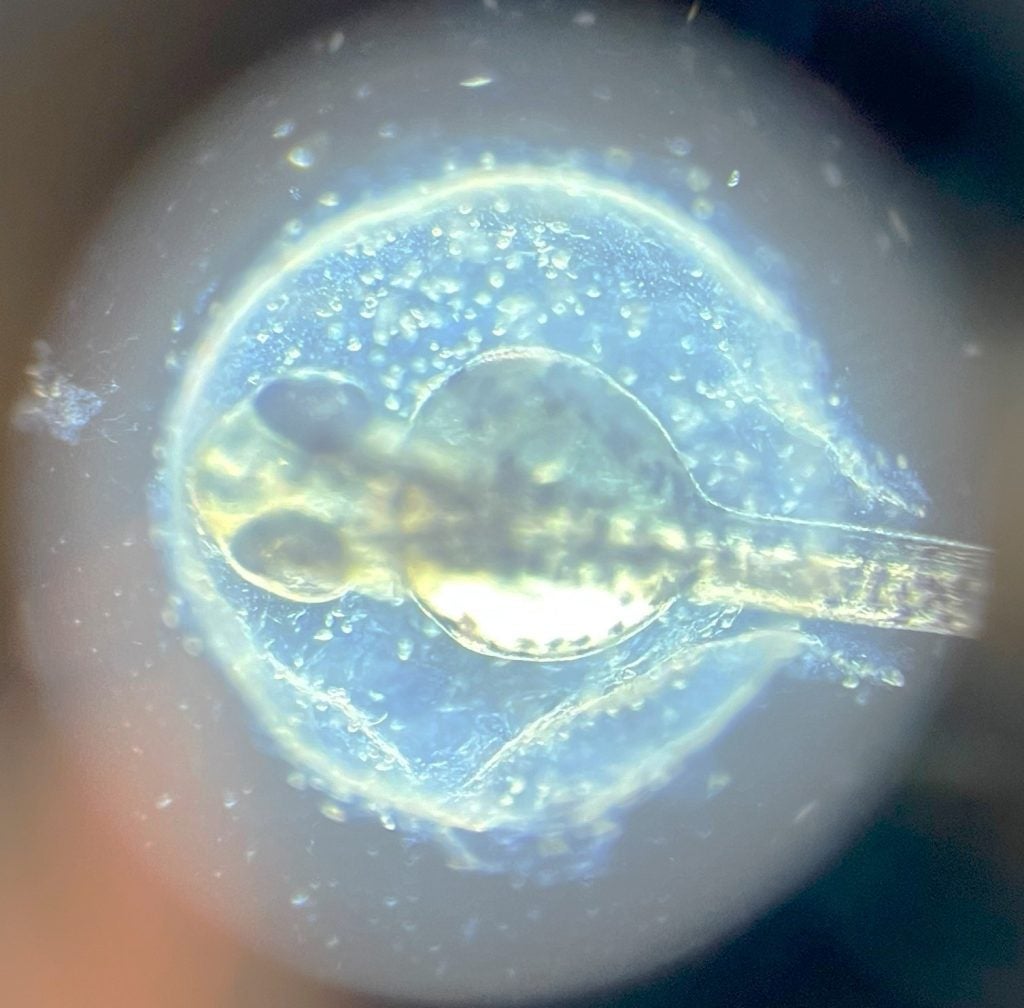Prenatal development and air pollutant mixtures

Air pollution is a complex and deadly mixture, responsible for approximately half of all pollution-related deaths annually. Poor air quality is strongly associated with adverse birth outcomes, including premature birth, low birth weight, and cardiac defects. In addition, in utero exposure to air pollution, particularly PM2.5 and traffic-related pollutants, is linked to neurodevelopmental impairments in children. While polycyclic aromatic hydrocarbons (PAHs) and lead are known suspects, the precise chemicals responsible for these developmental issues remain elusive due to the intricate nature of air pollution. The multifaceted impact of air quality on prenatal development underscores the urgent need to assess the toxicity of air contaminants on developing embryos. To address this concern, the Segarra Lab utilizes Zebrafish as a model species to investigate the risks of poor air quality on human prenatal development. Our research encompasses a field case study in an environmental justice community, chosen for its historical exposure to toxic chemicals resulting from land and sea bombing during military exercises.

Male and female Zebrafish prepared for breeding.


How do wildfires and the use of fire retardants impact aquatic organisms?
Aerial volumes of fire retardants applied in California have increased from 3.3 million gallons in 2012 to 15.3 million in 2017. (USDA 2017). These fire retardants enter aquatic ecosystems via discharge, run-off during a fire and even our ground water. In addition, ‘fire season’ in California overlaps with the Chinook Salmon spawning period, which runs from July to October.
The goal of this project, led by Post-doc Louise Cominassi, is to understand the effects of different fire retardants with relevance to first flush events on early life stages of Fall Run Chinook salmon and Rainbow Trout, a related bioindicator species.

(Left) Louise and Kenya prepare larval Chinook salmon for a behavioral study.